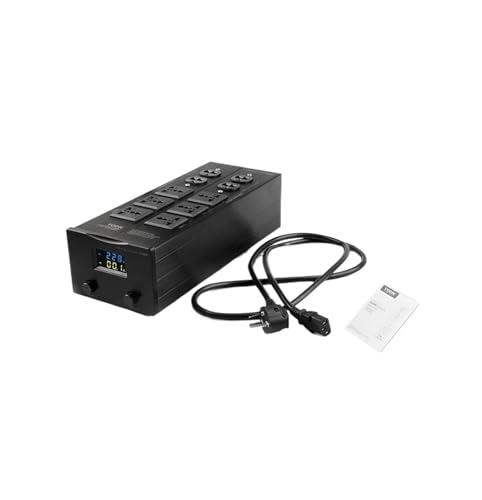Introduction to Putting Mats: Why They Matter for Your Game
Understanding the Importance of Putting Mats
We all know that putting is a critical part of any golfer’s game. In fact, it’s often said that putting can make or break your overall performance on the course. This is where putting mats come into play. A putting mat allows us to practice this vital skill from the comfort of our own homes. By investing in a good putting mat, we give ourselves the opportunity to hone our technique and develop muscle memory without the need for a golf course. This can lead to improved confidence and performance when we do step onto the greens.
Features to Consider: Choosing the Right Putting Mat for Your Needs
Size and Space Considerations
When selecting a putting mat, we must first consider the size of the area where we’ll be practicing. Do we have a designated corner in the living room, or will it be set up in the garden? Mats come in various sizes, which means we can find an option that fits our available space perfectly. Larger mats may allow for more realistic practice scenarios, but if space is limited, a smaller mat can still provide great value.
Material and Surface Design
The surface material of the putting mat is crucial for a realistic feel. We should look for mats that mimic the green’s texture, which will help us adjust our putting stroke. Whether it’s a synthetic turf or rubber backing, the choice of material affects how the ball rolls and reacts, so picking a mat that reflects our playing environment can enhance our practice sessions.
Portability and Storage Options
If we plan to take our putting mat on the go—perhaps to friends’ houses or even on holiday—it’s important to consider how portable it is. Mats that can be rolled up or folded easily are ideal for travellers. Additionally, we should think about how we plan to store the mat when it’s not in use; options that are easy to pack away can make our lives simpler.
Additional Features to Enhance Practice
Some putting mats come equipped with extra features such as alignment guides, ball return mechanisms, or various hole sizes to simulate different putting challenges. These features can elevate our practice sessions and add an element of challenge, helping us to work on specific skills more effectively.
Types of Putting Mats: Comparing Designs and Uses
Standard Mats vs. Elevated Models
Standard putting mats are flat and often serve well for basic practice. They provide an excellent surface to work on our putting stroke. However, elevated mats add an additional challenge by changing the angle and slope, which helps us to develop a more versatile putting style. By debating the pros and cons of each type, we can decide which style suits our practice routine best.
Indoor vs. Outdoor Mats
While indoor mats are designed for use in homes, outdoor mats tend to be more durable to withstand the elements. If we have the space outside and enjoy the fresh air, an outdoor mat can allow for longer practice sessions. On the other hand, if we often practice indoors, choosing a mat designed for that environment can help protect both the mat and our flooring.
Setting Up and Using Your Putting Mat: Tips for Optimal Practice
Creating a Suitable Practice Environment
To get the most out of our putting mat, we should set it up in a place that allows us to focus. Ensuring adequate lighting and a clear space around the mat can help us concentrate on our technique. Minimising distractions allows us to practice effectively, leading to quicker improvements.
Regular Practice and Goal Setting
To fully benefit from a putting mat, we recommend setting specific goals for each practice session. Whether it’s reducing our putts per round or working on alignment, having a distinct aim can motivate us to engage and improve. Breaking down our practice into manageable segments can also help in measuring progress.
Maintaining Your Putting Mat: Ensuring Longevity and Performance
Cleaning Your Putting Mat
Keeping our putting mat clean is essential for maintaining its quality. We should regularly remove dust and debris to ensure a consistent putting surface. Using a vacuum or a damp cloth can be effective in maintaining the mat’s surface texture and performance over time.
Proper Storage Techniques
When we’re not using our putting mat, proper storage is key to prolonging its life. We should avoid folding it too tightly to prevent creases and damage. Instead, rolling the mat loosely or laying it flat when possible can help it retain its shape. Ensuring it’s kept in a dry environment will also protect the material from mould and wear.























